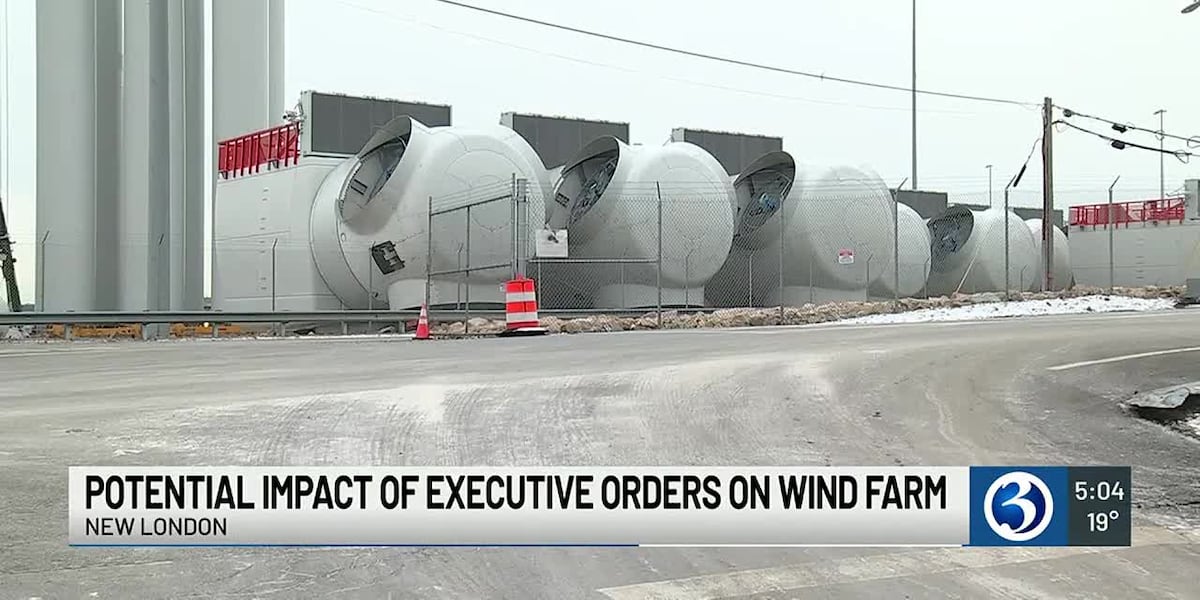Wind Energy Showdown: Corporate Giants Mobilize Against Trump's Offshore Directive

In a bold move that could significantly impact renewable energy development, President Donald Trump has set his sights on halting future offshore wind projects through a series of strategic executive orders. The administration's latest initiative aims to create substantial barriers for wind energy expansion along America's coastlines, potentially reshaping the landscape of clean energy infrastructure.
These proposed restrictions represent a critical turning point for the offshore wind industry, which has been gaining momentum in recent years as states seek sustainable alternatives to traditional energy sources. By implementing these executive orders, the Trump administration signals a clear preference for fossil fuel-based energy production over emerging renewable technologies.
The potential implications are far-reaching, potentially slowing down green energy investments and challenging the growing momentum of offshore wind development. Environmental advocates and clean energy proponents have already voiced strong opposition to these proposed limitations, arguing that they could significantly set back the United States' progress in combating climate change and transitioning to more sustainable energy solutions.
As the debate continues, the future of offshore wind projects hangs in the balance, with the potential for significant economic and environmental consequences depending on the final implementation of these executive orders.

